Thirty-one years have passed since Nicholas Shand dreamed up this newspaper and gathered a band of fellow dreamers to help him make it real.
In those 31 years The Echo has grown, like a magic beanstalk, far taller than we ever imagined, and it is now a feature of Shire life.
Our ongoing series on the history of our beloved rainbow rag continues this week, written by the newspaper’s longest-serving drudge, David Lovejoy.

In 1989 a small ground floor office in Village Way, Mullumbimby, came on the market. It was next door to a dentist and opposite a licensed restaurant. It was not the only space Nicholas and I looked at when we decided to move the paper back to Mullumbimby, and it would definitely be very cramped, but it was the only one we could afford to buy, and it was opposite a licensed restaurant. My wife Wendy agreed to put the family house up for collateral on the mortgage and we became the proud tenants of our own premises.
Tight office, tighter team
We were a close team, which was just as well given the space we were squeezing into. The printing experiment was abandoned and we moved that part of the operation to a medium size offset press in Ballina.
The company valued our custom, to the extent of sending one of its directors to act as courier every Monday night to wait until we had finished and then convey the precious pages back to Ballina. Just how much we were valued became evident when we later moved our custom and the press went bankrupt without the regular income from The Echo.
The period after our return from Brunswick Heads was a pleasant one. The licensed restaurant on the other side of the lane was taken over by Main Arm friends Gavan and Helen, who provided a bar for Echo hacks to prop up at the end of the day.
We seemed to have persuaded even the most conservative advertisers to let us have our editorial freedom: one week we devoted an entire issue to the legalisation of cannabis with hardly a squawk in response. In this positive atmosphere the newspaper continued to expand until forty-eight A4 pages was a regular event. The deluge of letters we received was a good indicator of our acceptance with readers, and so was the growth of our classified advertising columns.
The number of staff grew too. In addition to Nicholas, Jeff, Michael and me, we had a regular team of two or three part-timers designing and producing ads, Tuppy Lang overseeing the classifieds, Sandy O’Keefe on reception, Jeff Taylor in accounts, and the boisterous presence of Carol Page.
Carol was initially brought in to type, file and help with reception, but she proved to have many talents, eventually working with success in every Echo department except the art room. By the time she left the company many years later she had become an accomplished journalist and used her experience to start a newspaper, the Snowy Rivers Echo, in Jindabyne, a publication which still exists despite Carol’s tragically early death.
Trials of the tip
In those days we tried to develop the company in a businesslike way, although we did not often stray from the newspaper and what we knew best. Perhaps this was because of our first foray into merchandising. When we were still in Brunswick we had a thousand t-shirts printed with various designs, including ‘The Echo – the Thinking Dog’s Paper’. The shirts came neatly folded in ten black plastic bags. We opened one, distributed the contents to friends and staff, and left the remaining bags in the press room overnight.
The next day we discovered that they had all been left out for the garbage truck, and despite my best efforts foraging at the tip they were gone forever, leaving the handful of remaining shirts as collectors’ items.
Another marketing ploy was inadvertent: bored with laying out the television guide every week, I started adding unauthorised comments, including ridiculous plot lines for soaps like Neighbours which were developed, a sentence or two at a time, over the course of the week’s programs. Readers loved this subversion, and chunks of The Echo’s enhanced TV Guide were quoted as far afield as Brisbane’s Courier Mail.
Outrageous insults
One recipient of the TV Guide’s satirical barbs was the singer Issi Dye. Two evenings a week he infested the breaks in the programs of the only commercial channel then operating in the region, breathlessly plugging local businesses – who thereby saved themselves the expense of having professional advertisements made. But no matter how outrageous our insults, Issi would smile and take the ‘no such thing as bad publicity’ line. In the end we made him guest of honour at the second Echo Awards and feted him for his thick skin.
In 1990 we decided to overhaul our pre-press facilities and, with the help of an American friend Marty Landa, The Echo became one of the very first newspapers in Australia to be produced on a desktop publishing system.Months after we had installed our collection of Macintosh workstations, connected by yards of ethernet cable, I read in a trade magazine how the Fairfax organisation was fearlessly pioneering a network of Macs to produce its weekend colour supplements.
Marty lived in Brisbane so it fell upon me to learn how to keep the network operating. I continued in the role of de facto IT administrator until about 1995 when we acquired the real thing in the form of Jonno. Dishevelled, tranced and sometimes paranoid, Jonno nevertheless faithfully took our computer system to the next level, ensuring that, in February 1996, we were among the first newspapers in Australia to have our own website.
More Echo history articles
The end of fun: David Lovejoy concludes the story of the...
While the drama of general manager Max Eastcott’s departure was playing out, The Echo passed its tenth birthday, and we marked the jubilee with a fourth awards night.
How do you dismiss a general manager?
Founding editor Nicholas Shand returned from his long-service leave at the end of March, 1996. He was highly amused at the comic opera scenario playing out in Council, and at The Echo’s unavoidable central role in it.
The danger of delegated authority as The Echo gambles its reputation...
When in February 1996 Fast Buck$ obtained a file that described a developer in Byron Bay obtaining preferential treatment from Council, he published an advertisement in The Echo headed, ‘Something stinks at Hog’s Breath’.
Changing Council and premises
By the election of September 1995 most people had had enough of Cr Ross Tucker and his crew. Although at that stage the evidence of the colossal mismanagement of Council’s planning and finances had yet to emerge
Ross and Max to the fore: Dirty tactics key to undermining...
As the Club Med battle described in the previous episode approached its climax, the leader of Council’s conservatives, Ross Tucker, decided on a diversion.
Club Med and the Gang of Six
By the beginning of 1993 The Echo had outgrown its A4 page size, and our first large-format edition appeared in March that year. The increased work combined with the ritual of putting the paper to bed on Monday nights became quite stressful.
The newspaper wars and A Small Wooden Tray Called Albert
In the mid-nineties the local newspaper scene was heating up almost as much as the always feverish local politics.
Re-zoning back on the agenda: Beating off the Academy rort
During the 1987–91 term of Council an application was made to develop a large site at Broken Head as an ‘academy’.
Expansionist plans! The Echo embarks on the Lismore foray: a town...
A major milestone in The Echo’s history occurred in 1991: we decided to start another weekly newspaper.
The Echo – The Thinking Dog’s Paper
Thirty-one years have passed since Nicholas Shand dreamed up this newspaper and gathered a band of fellow dreamers to help him make it real.
Printers and politicians: The Echo gives voice to the community
After the first year we moved the newspaper to Brunswick Heads. Lured by cheap rent, we took three small shops in an arcade and filled them with the newspaper office, production facilities and, significantly, a printing press.
The Echo dream bursts into being with a dash of controversy
Part two: So far in the story, Nicholas Shand has been unable to get local media to cover police hooliganism in the Main Arm Valley, and has invited David Lovejoy to join him in starting a newspaper…
Echo beginnings: Tales from the Magic Beanstalk…
Thirty-one years have passed since Nicholas Shand dreamed up this newspaper and collected a band of similar dreamers to help him make it real. In those 31 years The Echo has grown, like a magic beanstalk, far taller than we ever imagined, and it is now one of the primary institutions of Byron Shire.





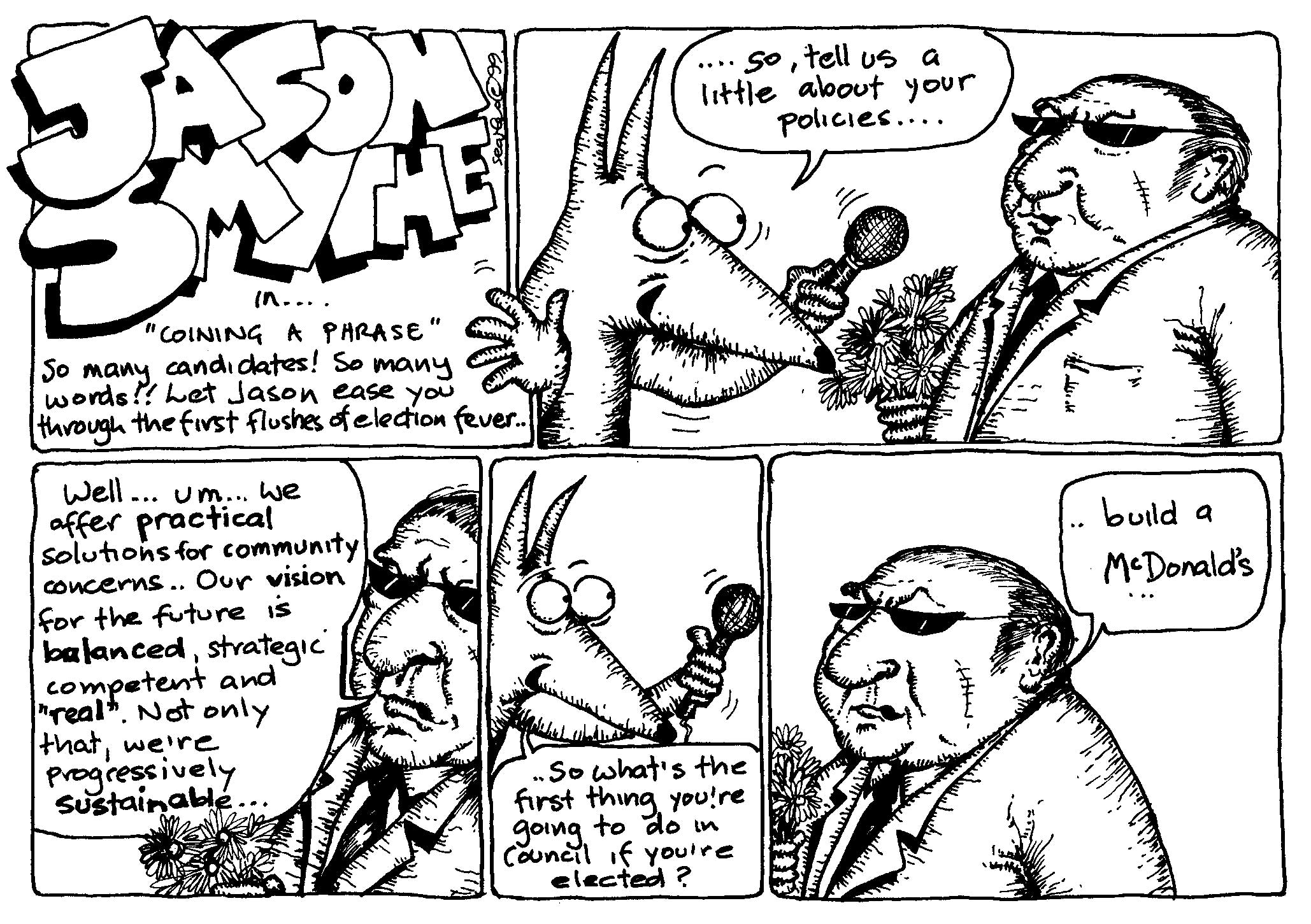
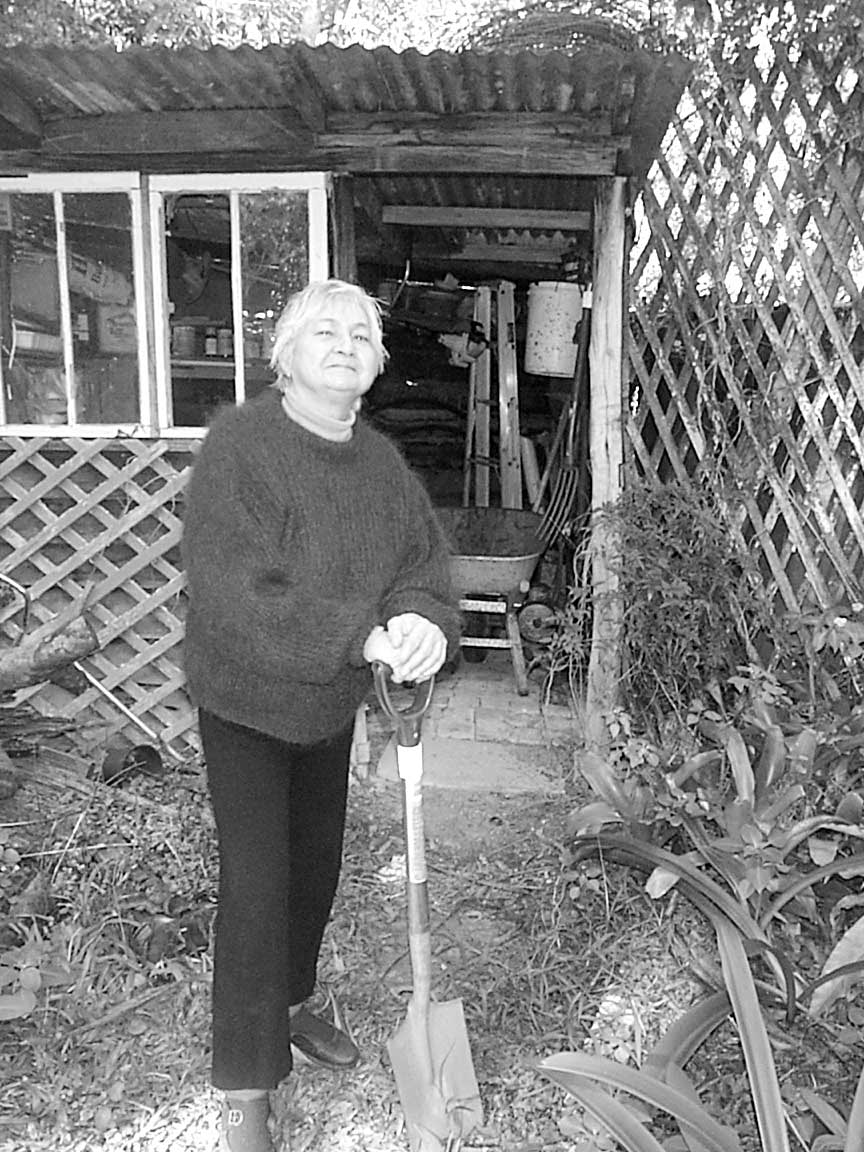
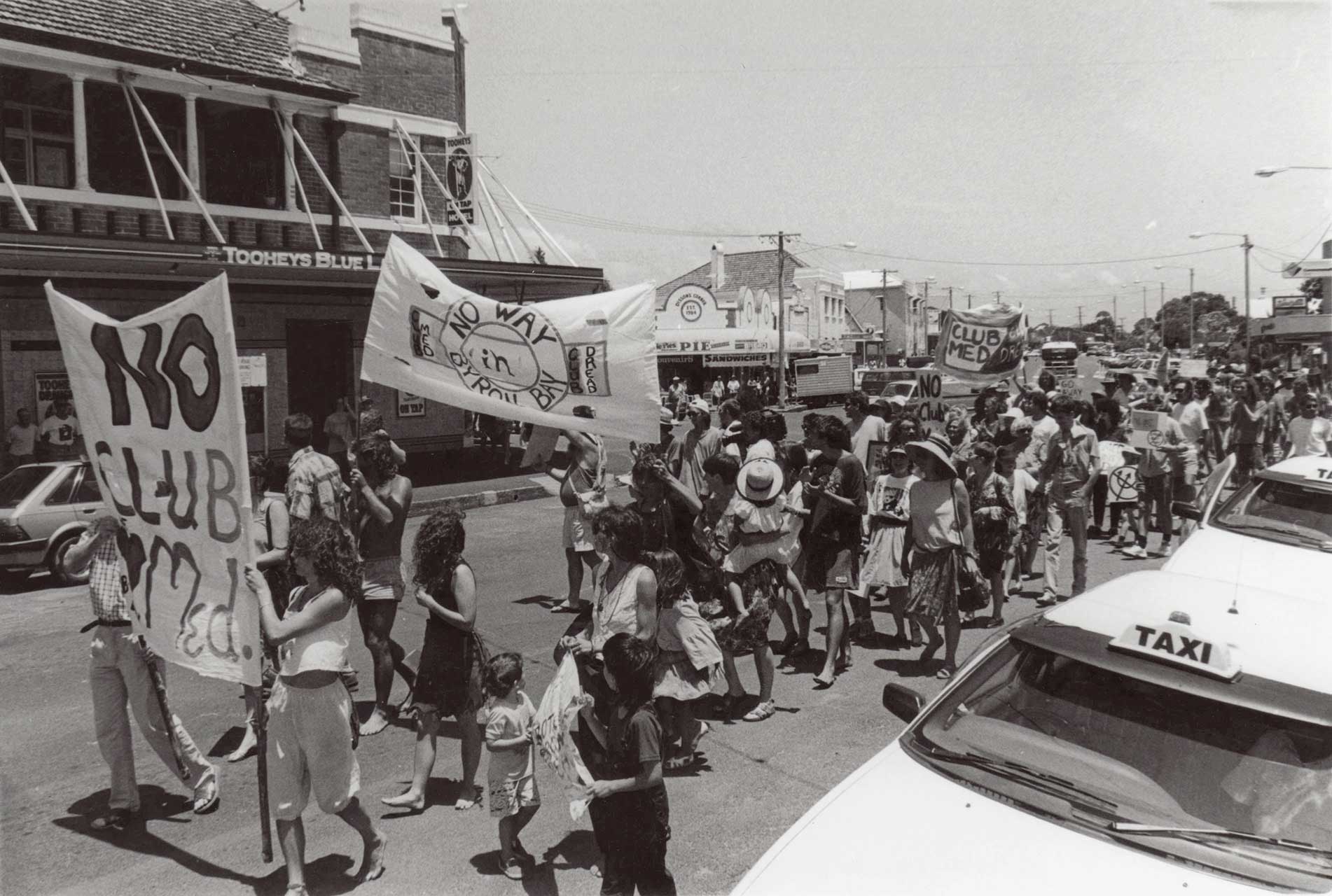
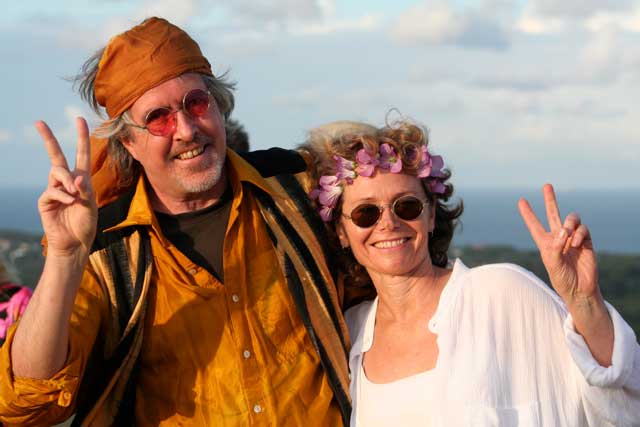
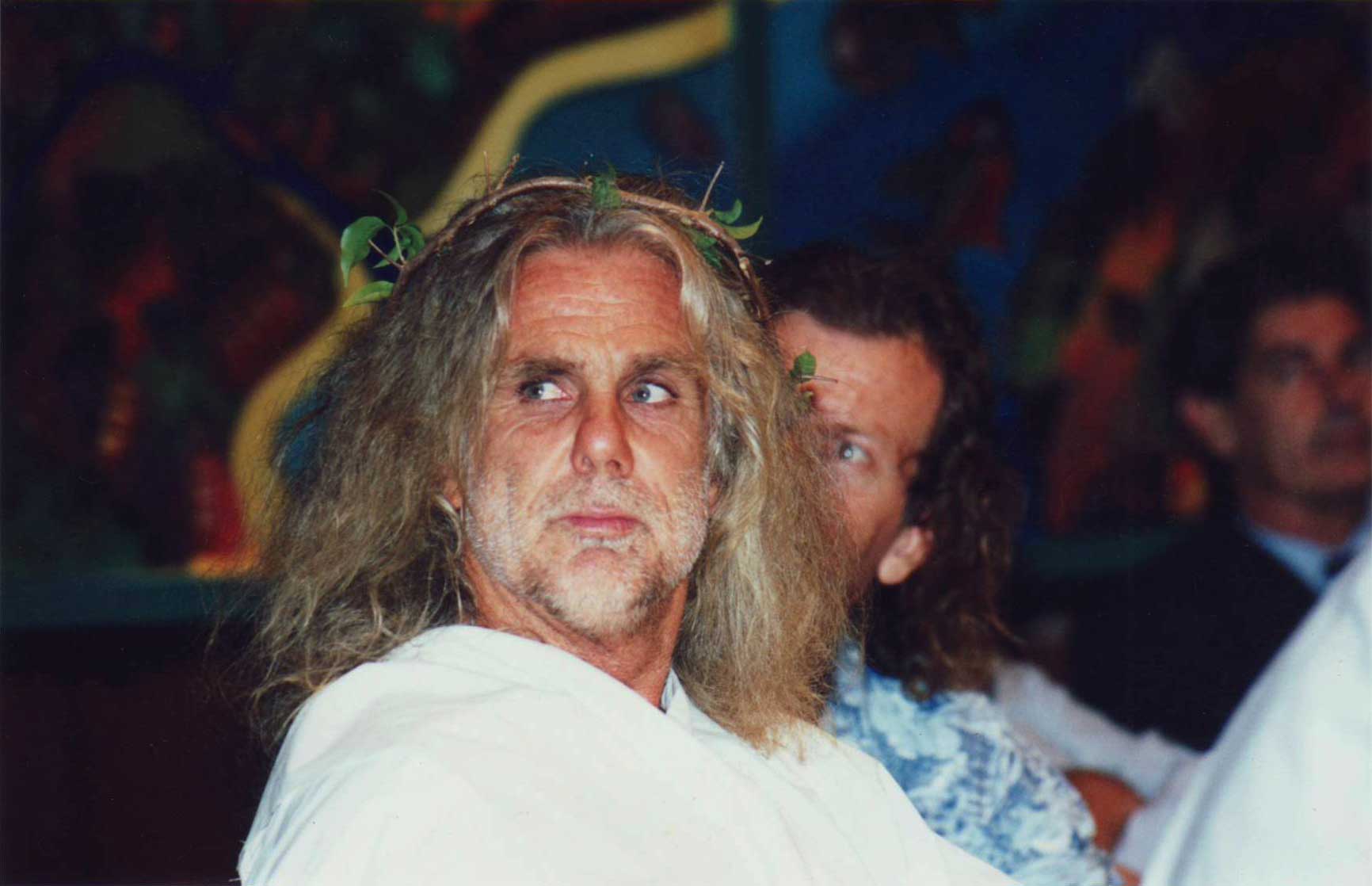
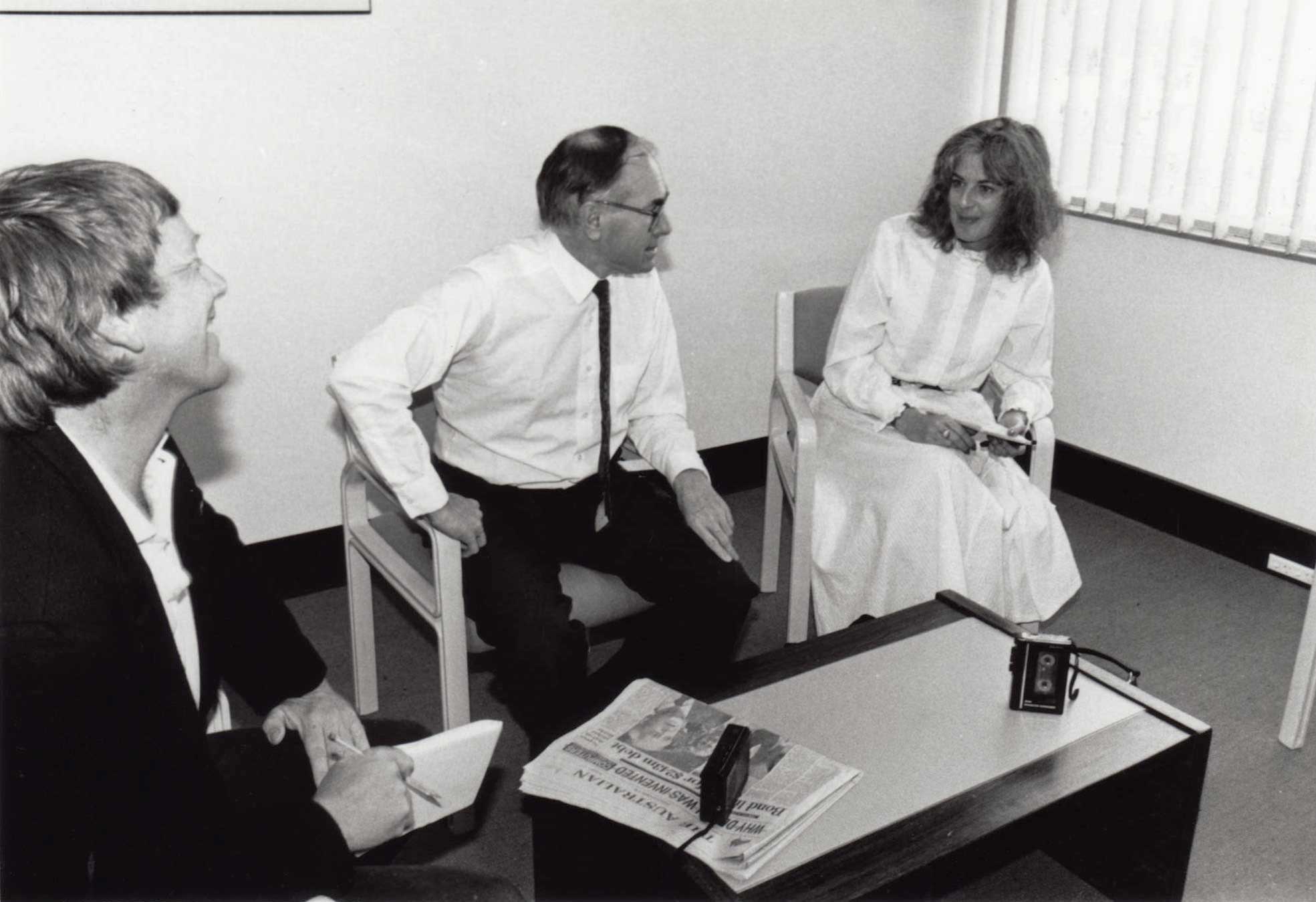
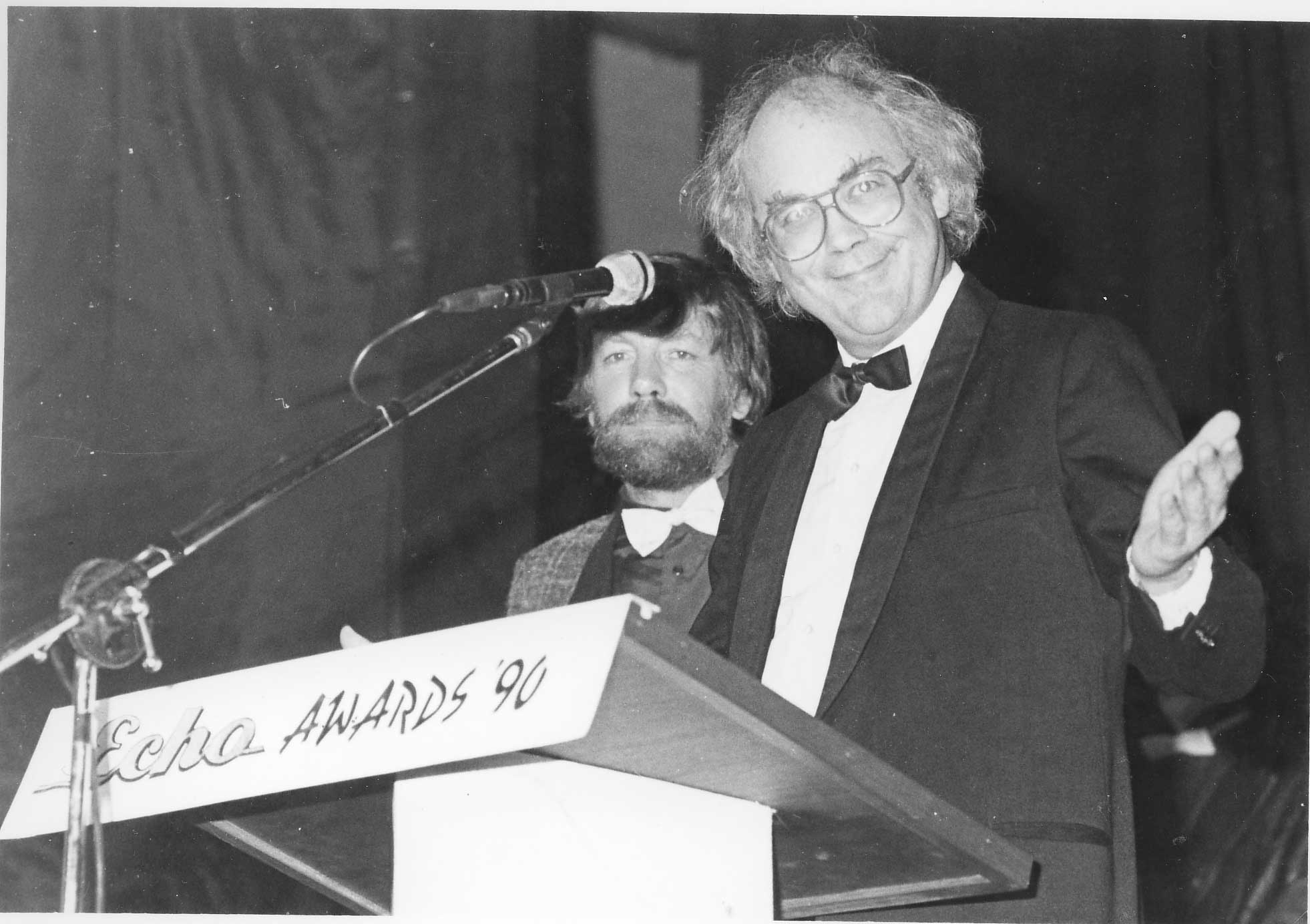




Nicholas Shand began to dream 31 years ago and he struck his fingers, bones and blood into a paper right up to his neck and the dream was so loud an Echo came back.
And a team was formed and they steamed on around him, like a train, and this newspaper from black and white began to be read and in Byron it hit the streets with a whack.
Now 31 years later the paper has grown and it has shown it is read and broadcast as the news of the village from the agency rack. And it opens it’s many double-page spreads to the young and the nimble and to those with a thimble and a middle-aged spread.
This paper now grows and grows to the ones in the knows, so you be the judge, like a rainbow its colours are varied and goes into history with love and much joy, written by longserving drudge, David Lovejoy.